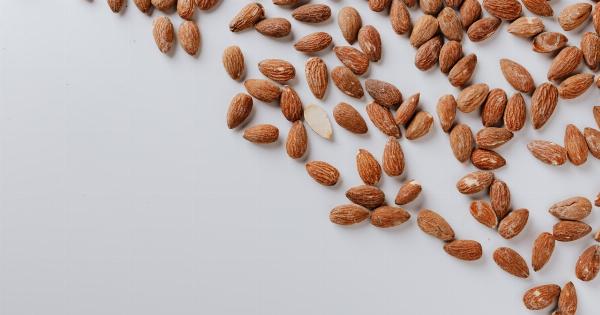Whole grains have long been known to be a crucial component of a healthy diet. It’s no doubt that they are filled with fiber, minerals, vitamins and other nutrients that our bodies need to function properly.
But do you really know how they work and what nutritional benefits they carry with them? Keep reading to find out!.
What are Whole Grains
Whole grains are grains that still contain all three parts of the original grain- the bran, germ and endosperm.
The bran, the outer layer of the grain, is high in fiber and B vitamins, the germ, the tiny inner part of the grain, is high in minerals, vitamins, and protein, and the endosperm is the largest part of the grain, providing energy in the form of carbohydrates.
Whole grains can come in a variety of forms- including wheat, barley, quinoa, brown rice, and oats. They can be eaten as whole grains or as flour or flakes that have been ground.
The Nutritional Benefits of Whole Grains
Whole grains offer a range of nutritional benefits, including:.
1. Fiber
Fiber is an essential part of our diets and is crucial for maintaining digestive health, managing weight, and reducing the risk of heart disease, stroke, and diabetes.
Whole grains are an excellent source of fiber, with most varieties providing around 3-4 grams of fiber per serving.
2. Minerals
Whole grains are packed with minerals that our body needs to function properly. These include magnesium, zinc, selenium, and phosphorus, which play important roles in everything from bone health to immune function.
3. Vitamins
Whole grains offer a range of vitamins, including B vitamins such as thiamine, riboflavin, and niacin.
These vitamins are essential for helping our bodies convert food into energy and are crucial for maintaining healthy skin and eyes, as well as supporting the nervous system.
4. Protein
Whole grains are also a good source of plant-based protein, containing around 6-7 grams per serving. This makes them a great option for vegetarians and vegans, who may struggle to get enough protein in their diets.
How to Incorporate Whole Grains into Your Diet
Getting more whole grains into your diet is easy! Here are some tips:.
1. Swap Out Refined Grains
Replace refined grains, such as white bread, pasta, and rice with whole grain versions. Look at the ingredient list to make sure the word “whole” comes first before the grain name on the list.
2. Eat More Breakfast Cereal
Eating a bowl of whole grain cereal in the morning is a great way to start the day. Look for options that contain at least 5 grams of fiber per serving.
3. Use Whole Grain Flour
Replace white flour with whole grain flour when you’re baking. Experiment with different flours, such as spelt, amaranth, and quinoa.
4. Experiment with Different Grains
Try out different whole grains in your meals – brown rice instead of white rice, quinoa instead of pasta. You may be surprised at how much you enjoy them!.
Final Thoughts
Whole grains are a crucial component of a healthy diet. They provide fiber, minerals, vitamins, and protein that our body needs to function properly, and can reduce the risk of chronic diseases such as heart disease, stroke, and diabetes.
By simply making a few small changes to your diet, you can easily incorporate more whole grains into your meals and start reaping the nutritional benefits.




























